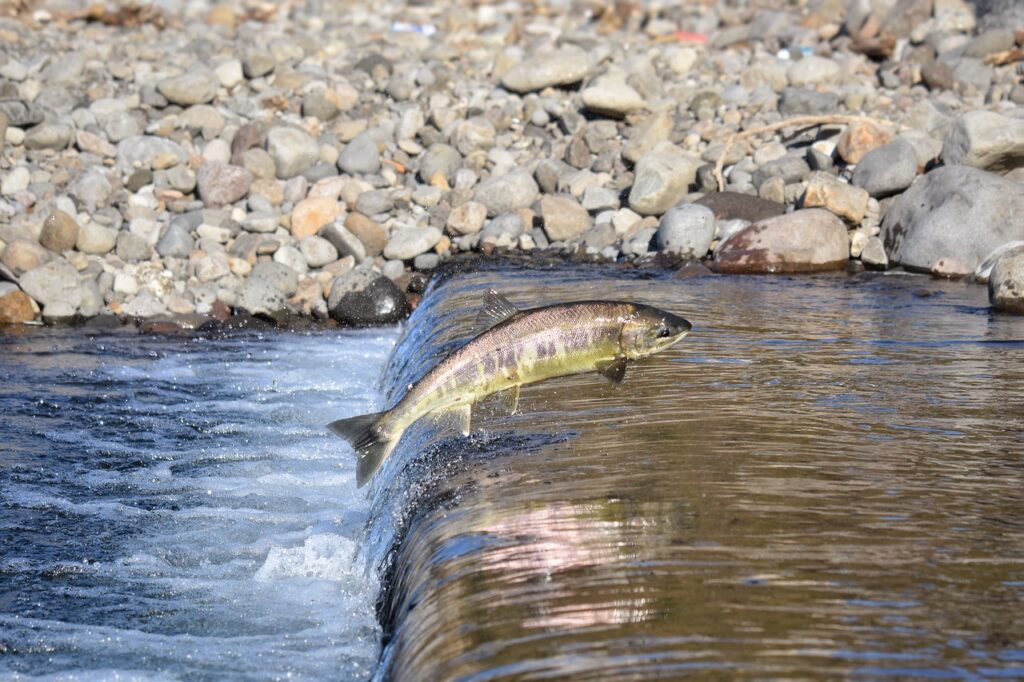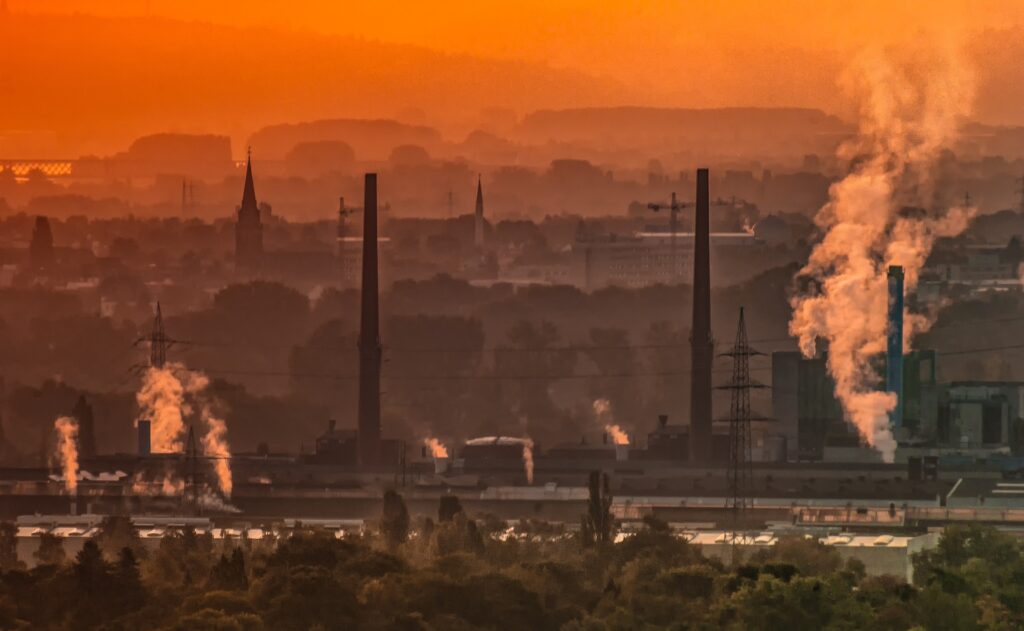- Tire dust contains toxic chemicals (6PPD-quinone) that pose a threat to salmon populations in Washington. When it rains, the tire dust is washed into nearby waterways, contaminating the water and the salmon’s habitat.
- Salmon play an important role in the Washington State ecosystem and are a vital part of health and culture of Indigenous communities in the region.
- The Washington State Department of Ecology is working to reduce the amount of tire dust that enters waterways through a tire recycling program.
- The department is also working with tire manufacturers to reduce the amount of toxic chemicals in tire production.
- The goal is to protect salmon populations and the health of Washington’s waterways for future generations.
By: Washington State Department of Ecology | January 25, 2023
For over 20 years, scientists faced a toxic mystery: coho salmon returning to urban streams and rivers in the Puget Sound region were dying before they could lay their eggs. The culprit was unknown, but it seemed linked to toxic chemicals running off our roads and highways…
In 2020, a group of researchers finally made a breakthrough — they pinpointed a specific chemical as the killer: 6PPD-quinone, the last part pronounced “qui-KNOWN,” a toxic chemical released from automotive tires that ends up in roadway dust and can run into streams. The chemical is created when 6PPD, a preservative that helps tires last longer, reacts with ozone in the atmosphere.
With a culprit identified, the hard work of reducing contamination from something as widespread as tire dust is now underway. Alongside tribal governments, interest groups, and federal, state, and local organizations, we have begun planning the most effective ways to reduce the amount of 6PPD-quinone going into the water.
Read more from Department of Ecology.



